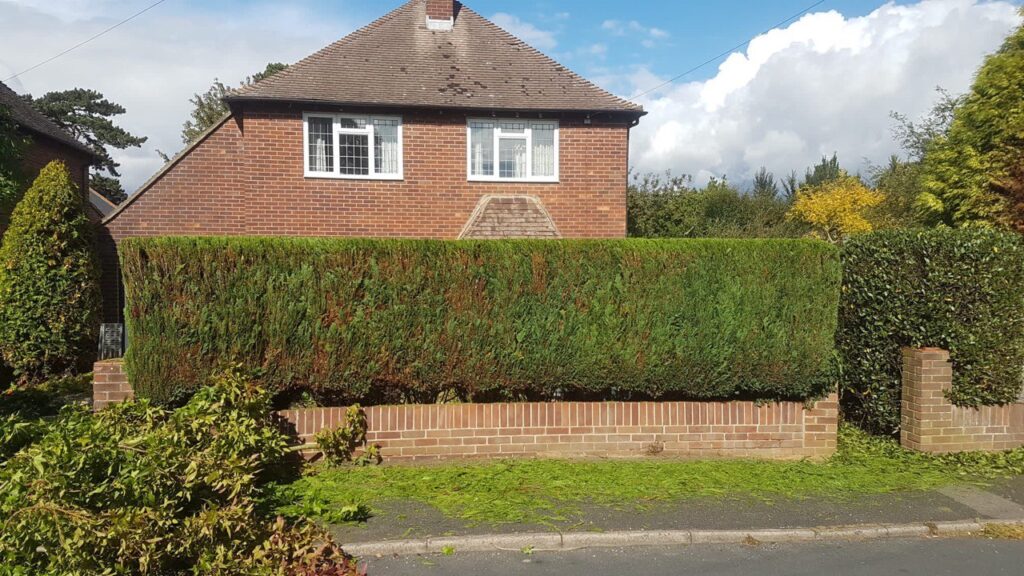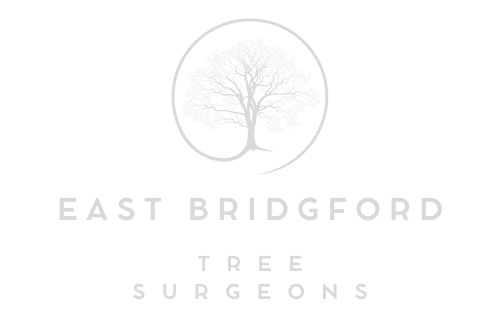What Is a Tree Cavity, and Should It Be Treated or Left Alone?
Tree cavities are a common occurrence in both urban and rural landscapes. While some cavities pose no immediate risk, others may compromise the structural integrity of a tree, leading to safety concerns. Homeowners in East Bridgford, Nottingham, often wonder whether tree cavities should be treated or left alone. Understanding the causes, potential risks, and available treatment options is essential for making informed decisions about tree care.
What Is a Tree Cavity?
A tree cavity is a hollow space or opening within the trunk or branches, often formed due to natural decay or external damage. Cavities vary in size and depth, ranging from small indentations to large hollows that can affect the tree’s stability.
Causes of Tree Cavities
Several factors contribute to the development of tree cavities, including:
1. Natural Decay
Over time, trees naturally shed old or dead wood. Fungal activity breaks down the decaying material, leading to cavity formation. While this process is part of a tree’s life cycle, excessive decay can weaken its structure.
2. Physical Damage
External wounds caused by storms, animal activity, or human intervention (such as improper pruning or mechanical damage) can create openings in the bark. If the wound remains exposed, it may lead to cavity formation over time.
3. Insect or Pest Infestation
Insects, birds, and small mammals sometimes create cavities by burrowing into the tree. While some species, such as woodpeckers, contribute to the ecosystem, their activity may accelerate decay.
4. Disease and Fungal Infections
Pathogens and fungi can infiltrate a tree through wounds or weak points, breaking down its internal structure and leading to cavities. Some fungi, such as heartwood rot, specifically target the inner wood, making trees hollow over time.
Should a Tree Cavity Be Treated or Left Alone?
Not all tree cavities require intervention. The decision to treat or leave a cavity depends on several factors:
1. Tree Health and Stability
A small, superficial cavity in an otherwise healthy tree is unlikely to cause concern. However, if the cavity is large or affects a major supporting branch, professional assessment is recommended.
2. Location of the Cavity
Cavities near the tree’s base or along load-bearing branches may compromise structural integrity, increasing the risk of collapse. Trees with such cavities should be inspected by a professional tree surgeon.
3. Presence of Fungal Growth
Fungal growth around a cavity often indicates internal decay. If the fungus is extensive or spreading, the tree may require treatment or removal to prevent hazards.
4. Environmental and Wildlife Considerations
Cavities can provide valuable habitats for birds, bats, and other wildlife. If a cavity does not pose a structural risk, it may be best left undisturbed to support biodiversity.
Treatment Options for Tree Cavities
If a cavity requires treatment, tree surgeons can implement several solutions to improve tree health and stability:
1. Pruning and Deadwood Removal
Removing dead or weakened branches helps reduce the risk of breakage and limits further decay. Proper pruning techniques ensure the tree heals efficiently.
2. Cavity Cleaning
In some cases, removing debris, fungal material, or insect infestations from the cavity can slow the spread of decay. This should be done carefully to avoid further damage.
3. Structural Support
For trees with significant cavities but high ecological value, cabling and bracing systems may be installed to provide additional support, reducing the risk of collapse.
4. Wound Dressing and Protection
While traditional practices involved filling cavities with concrete or foam, modern approaches favour natural healing. Applying protective sealants to fresh wounds can help prevent infection.
When Should a Tree Be Removed?
If a tree cavity is severe and compromises structural stability, removal may be necessary to prevent property damage or injury. Signs that indicate removal may be the best option include:
- A cavity that extends through a large portion of the trunk.
- Visible cracks or splitting near the cavity.
- Leaning or instability in the tree.
- Extensive fungal growth indicating deep internal decay.
A professional tree surgeon can assess whether removal is the safest course of action.
Conclusion
Tree cavities are a natural part of a tree’s ageing process, but they should not be ignored. While some cavities can be left alone to support wildlife, others may require treatment to prevent structural failure. For homeowners in East Bridgford, Nottingham, regular inspections by a professional tree surgeon can help determine the best course of action, ensuring both safety and the long-term health of trees.
If you’re concerned about a tree cavity on your property, contact East Bridgford Tree Surgeons. Our expert team can assess your trees and provide tailored solutions to maintain their health and stability.
Call us on: 0115 647 1178
Click here to find out more about East Bridgford Tree Surgeons
Click here to complete our contact form and see how we can help with your tree needs.

